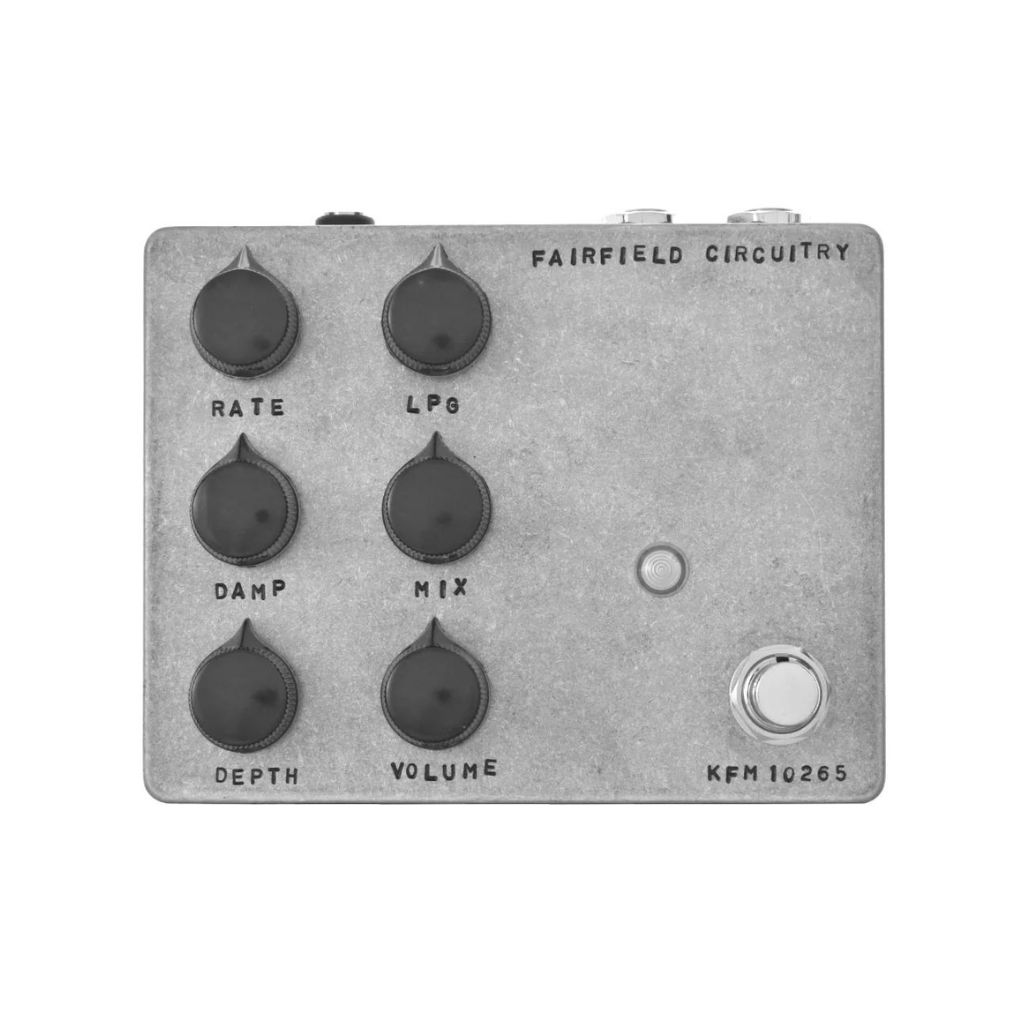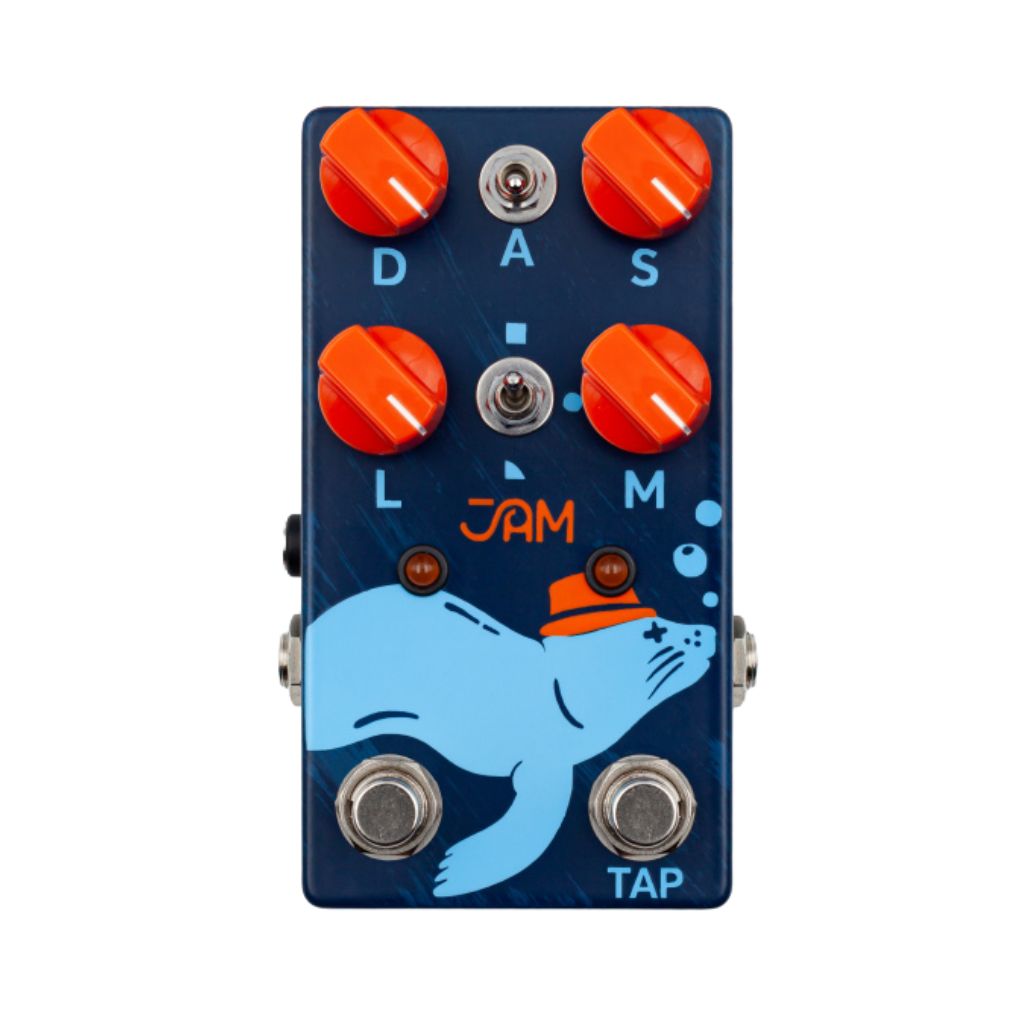The best effects pedals for guitarists in 2023: 13 best modulation pedals
Chorus, flanger, phaser and more – we round up the top modulation pedals out there today.

Featured in this article
There’s a nearly limitless range of modulation pedals on the market, made by all manner of manufacturers. We round up a few essential pedals to try out, covering chorus, vibrato, rotating speaker effects and plenty more besides.
What makes a good modulation pedal?
It all depends on what you’re looking for. Some players might be happy with a minimal control set – one of the most revered phasers of all time, the MXR Phase 90, has a single knob – but others might want controls for depth, speed, wave shape and more.
Tonally, there can be so much variation between different modulation pedals that it’s hard to pin down what makes any one pedal better than another. In general, a desirable sound will be harmonically rich and won’t reduce the volume or the low-end content of your signal. Unless, of course, a thin, nasal sound is what you’re after.
The best modulation pedals to buy in 2023 at a glance:
- Fairfield Circuitry Shallow Water
- Jam Pedals Harmonious Monk
- ThorpyFX Pulse Doppler
- Walrus Audio Polychrome
- Chase Bliss Audio Warped Vinyl MKII
- Walrus Audio Julianna
- Alexander F:13
- MXR M290 Phase 95 Mini
- Electro-Harmonix Nano POG
- Stone Deaf Tremotron
- Vox V847 Wah pedal
- Meris Enzo
- Strymon Flint
Fairfield Circuitry Shallow Water
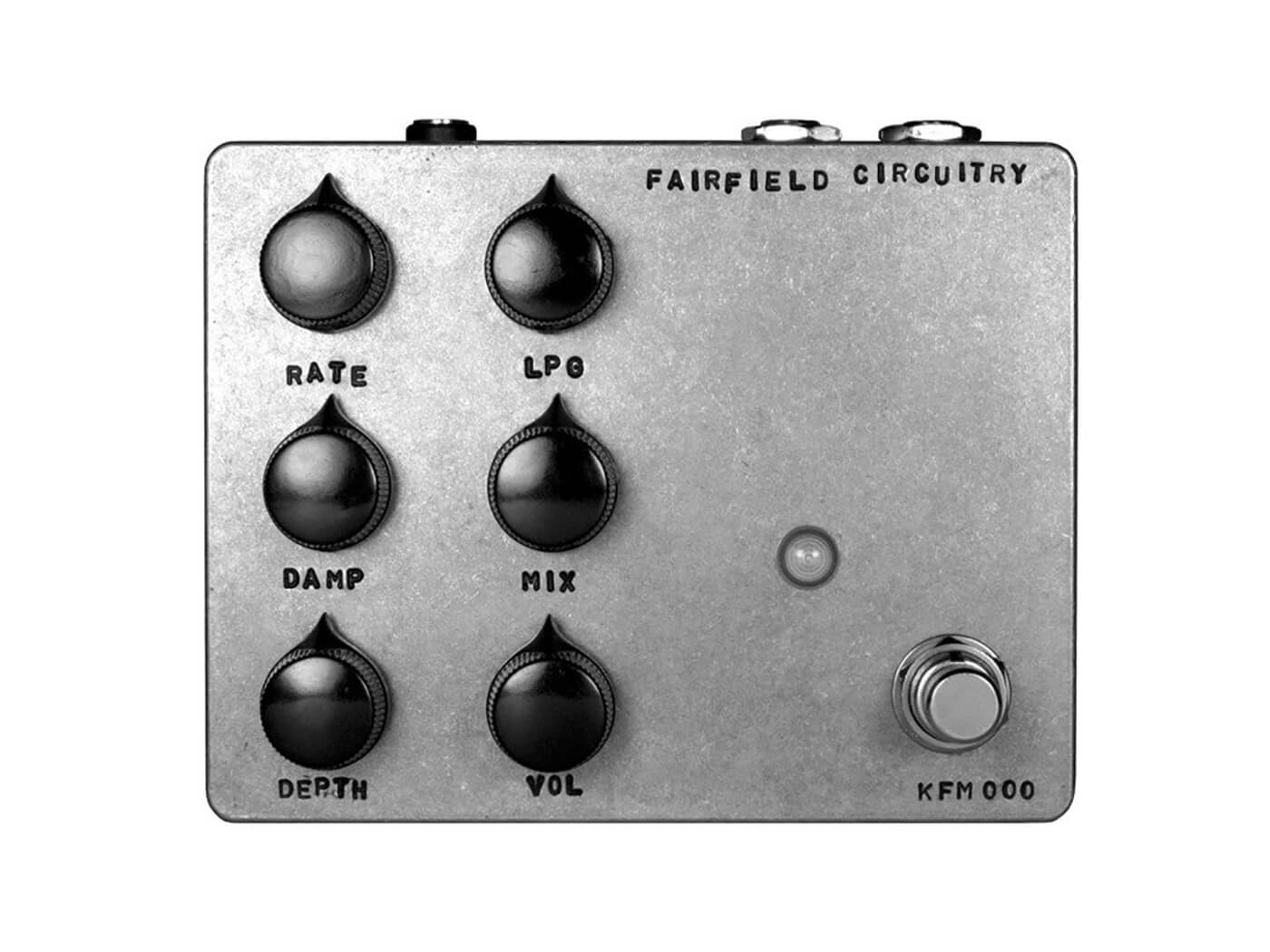
+ Wide range of vibrato sounds
+ Unique character through-and-through
– Focus on lo-fi sounds might deter some
Fairfield Circuitry’s excellent Shallow Water, like all of the brand’s pedals, oozes character. Not just because of the classy metal-stamped enclosure – it’s got a very unique approach to modulation.
It applies random pitch variation to your signal, which can be dampened for more subtle effects, or let run wild on your tone. The mix control allows for a range of chorus or pure vibrato effects, but in either case, the random aspect of the modulation makes the pedal sound anything but sterile.
Importantly, the modulation is combined with an adjustable envelope-controlled low-pass gate, meaning the louder you play, the more bass there is. This means quiet playing takes on a distinctly lo-fi, filtered sound, while loud playing can retain full-frequency power. It all makes for a perfectly nostalgic little pedal, evoking the sounds of dodgy record players and worn-out VHS tapes.
Price: $389 CAD direct
Description: Vibrato/chorus modulator with random modulation and low-pass gate.
Controls: Depth, volume, rate, dampen, low-pass gate, mix
Bypass: True bypass
Jam Pedals Harmonious Monk

+ Wide range of tremolo sounds
+ Separate volume control is very useful on a tremolo
– Some might find analogue focus limiting
Designed in conjunction with self-confessed harmonic tremolo addicts Dan and Mick of That Pedal Show, Jam Pedal’s Harmonious Monk offers a plethora of tremolo options. While there’s traditional amplitude tremolo here, a toggle switch takes you to harmonic tremolo mode. Rather than just pulsing the volume of your signal, this modulates your bass and treble separately, adding a touch of phaser-like texture to the sound. The LFO works in two core modes: ‘+’ or ‘-’, which let you pick between full-on choppiness and subtle pulsing, and the secondary footswitch doubles the LFO’s speed for even more variety.
Inside, you’ll find some trim pots for the EQ, while the face of the pedal bears a control for output level. This can compensate for the perceived volume drop tremolo effects lead to, as the peaks and valleys of sound tend to average out for a listener.
Price: $259/£229
Description: Dual-mode harmonic and amplitude tremolo
Controls: Two footswitches for selecting different LFO speeds, toggles for intense/subtle and harmonic/amplitude modes, knobs for depth, rate, level and mix, internal trim pots for EQ adjustment
Bypass: True bypass
Read our full review of the Jam Pedals Harmonious Monk here.
ThorpyFX Pulse Doppler
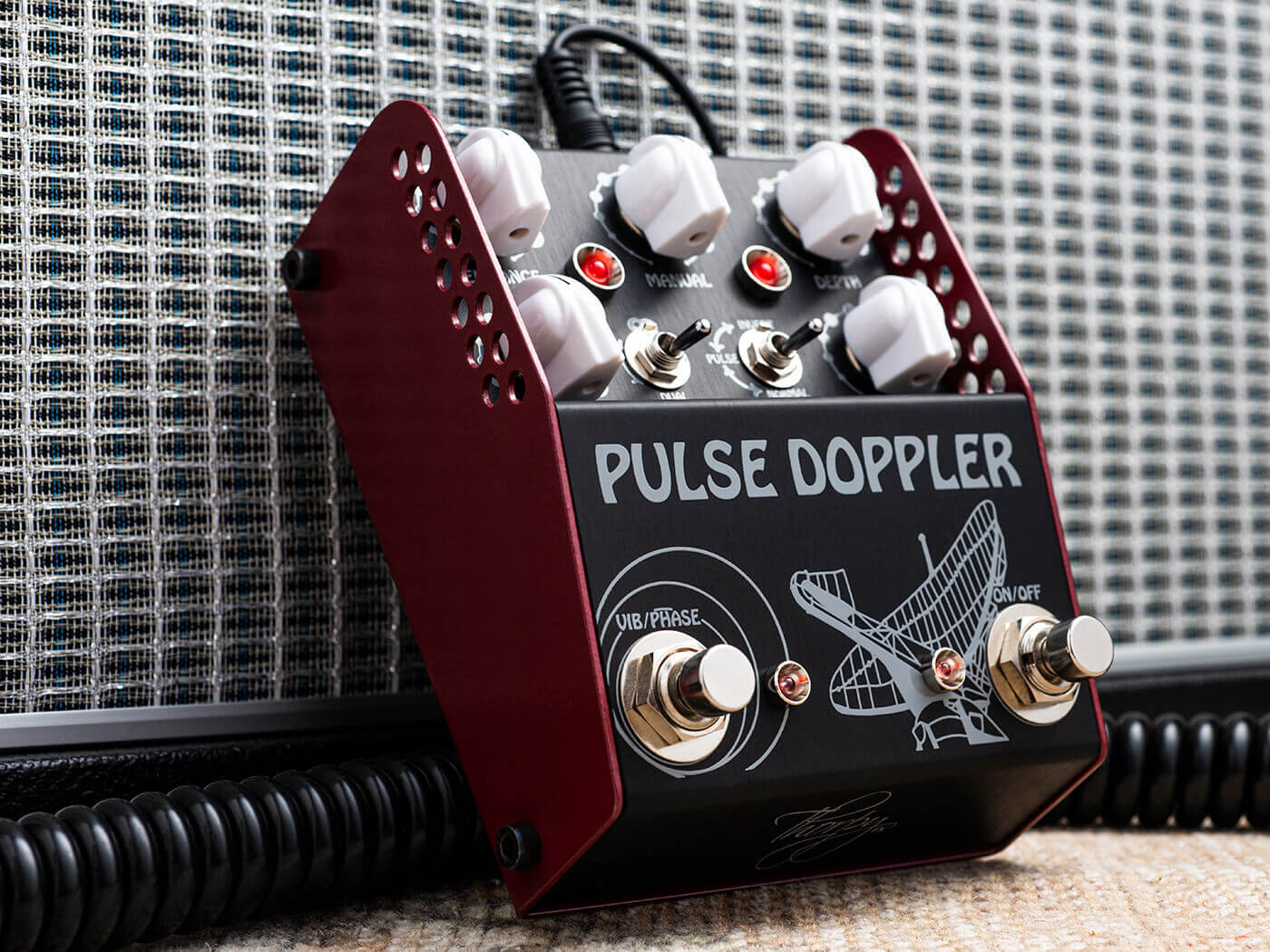
+ Massive range of sounds
+ Sturdy, pedalboard-friendly build
– Complex controls might not be for everyone
Created in collaboration with original Lovetone designer Dan Coggins, ThorpyFX’s Pulse Doppler is inspired by the Doppelganger phaser/vibrato of 1995. It offers a smorgasbord of modulation options, thanks to its absurdly comprehensive control set. Depending on the positions of various switching and knobs, it can work as a phaser, vibrato or tremolo, with plenty of control over each sound. Perhaps not for beginners, it’s a great platform for those looking to dive into the nuts and bolts of the world of modulation.
Price: $319/£264.99
Description: Phaser/vibrato/tremolo pedal, made in the UK
Controls: Enhance, manual, depth, blend, rate; dual/figure-of-eight and normal/pulse/invert toggle switches, bypass and vibrato/phaser footswitches
Bypass: True Bypass
Read our full review of the ThorpyFX Pulse Doppler here.
Walrus Audio Polychrome

+ Wide range of sounds thanks to extensive control set
+ Flanger character with fewer of the downsides
– Some might still find it a less-than-ideal modulation effect
Flangers are a divisive effect, but luckily Walrus’ Polychrome has an in-depth control set if you want to tame some of the harsher aspects that come with flange. Or, lean straight into them if that’s more your flavour. Chief among this set is Walrus’ signature blend control, which chooses between either a dry, flanged or vibrato sound. You’ll also find a toggle switch for LFO shape with three options: sine, triangle or random, as well as knobs for rate, depth and feedback to adjust the flange to your taste.
Price: $199/£179
Description: Analogue flanger pedal, made in the USA
Controls: Rate, depth, sweep, feedback, dry-flange-vibrato blend knobs, shape and voice mini toggles
Bypass: True bypass
Read our full review of the Walrus Audio Polychrome here.
Chase Bliss Audio Warped Vinyl MKII
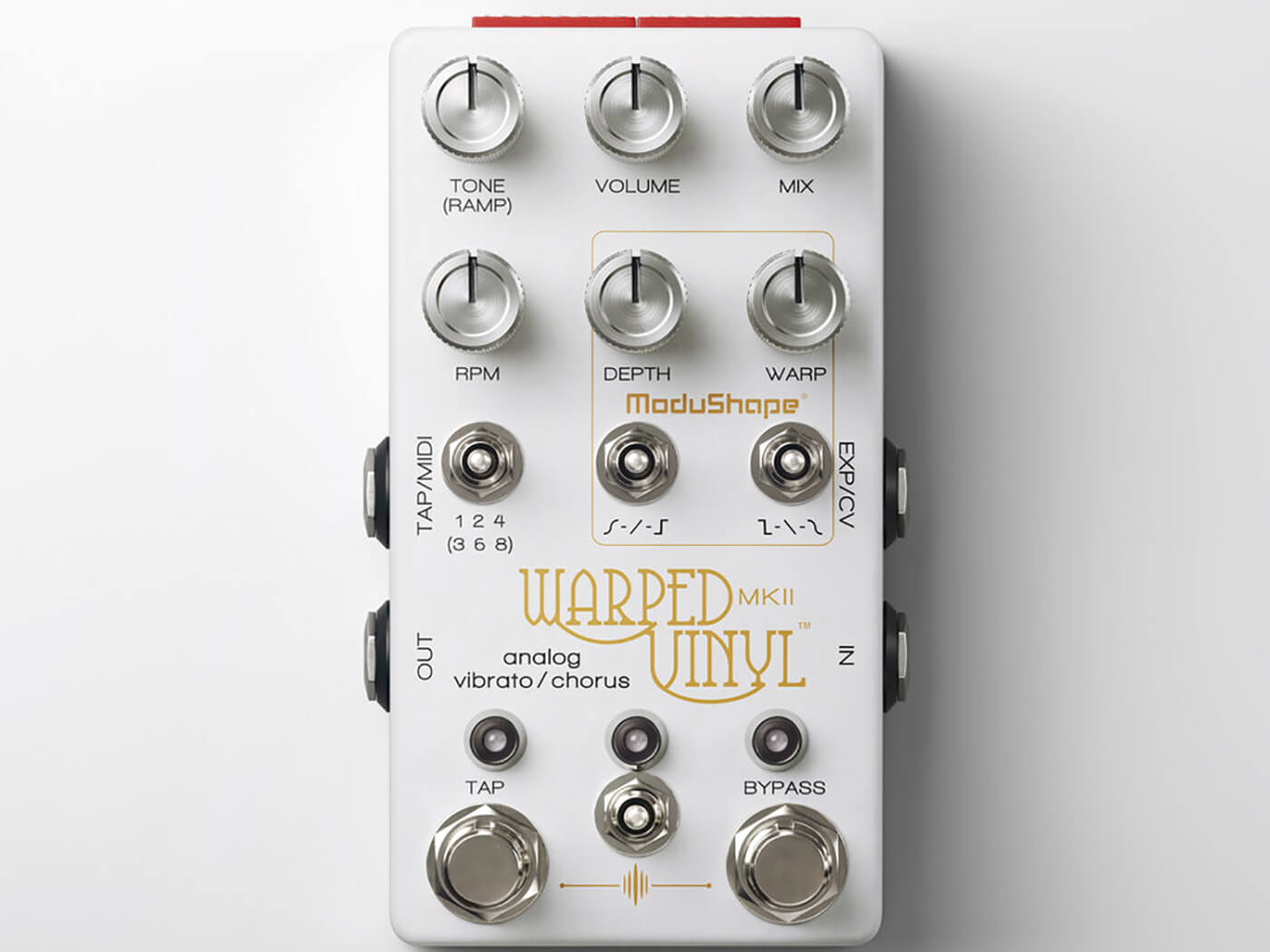
+ Characterful, organic sound
+ Signature Chase Bliss attention to detail and deep control
– Taming the organic nature of the sound might be frustrating for some
While most modern chorus pedals are designed to modulate at a perfect pitch, the Warped Vinyl was designed to do something a little bit different and a little bit more organic. As the name indicates, the Warped Vinyl was designed to emulate the sound of a warped vinyl record, with all the unpredictable chorus and vibrato effects that this entails. As is the way with Chase Bliss Audio, the combination of analogue circuitry and digital control delivers a staggering amount of flexibility and options, giving you the ability to create chorus effects that you won’t find in either a fully digital or wholly analogue design.
Price: $349
Description: Analogue chorus/vibrato with organic sound modelled on vinyl
Controls: Tone, volume, mix, RPM, modulation depth, warp, toggle switches for time division, and half-and-half LFO waveshaping
Bypass: True bypass
Alexander F:13 Neo
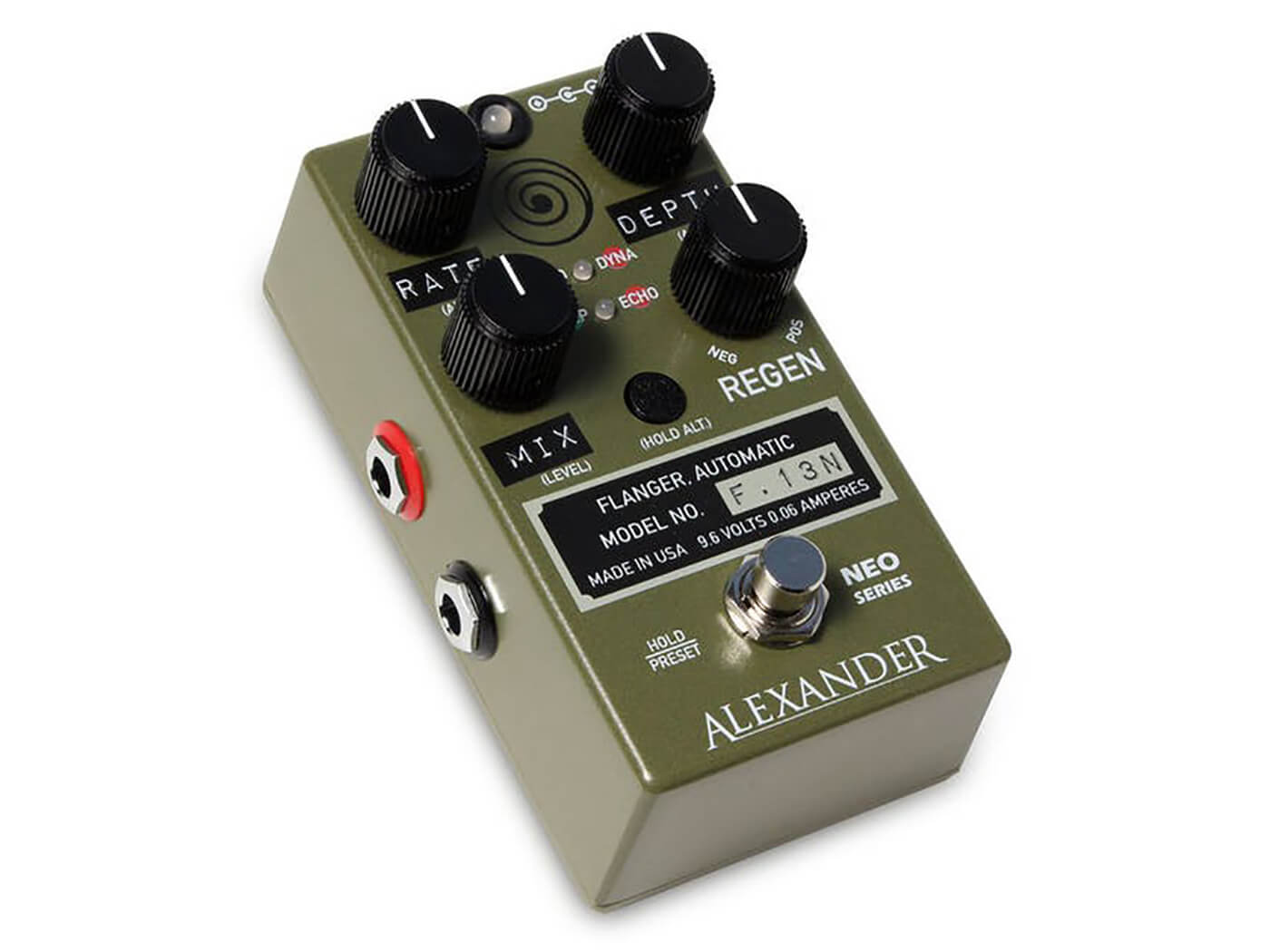
+ Dynamic flanger sounds for out-there effects
+ Digital control options
– Some might want a subtler take on the sound
The olive-drab finish, faux-old-school label maker scripts and ruggedly retro knobs give the F:13 an unmistakably vintage military vibe, and that’s not by accident – this flanger is designed to sound like “alien mojo meets military tech, circa 1958”. A flanger is, of course, the perfect pedal to take inspiration from Area 51 and in reality, what you get is an exciting and feature-packed box that includes a dynamic mode that changes the nature of the flanging effect based on playing intensity.
Price: $/£199
Description: Flanger pedal, made in USA
Controls: Rate, depth, regen and mix, alt control button for deeper sound editing
Bypass: Relay true bypass
Walrus Audio Julianna
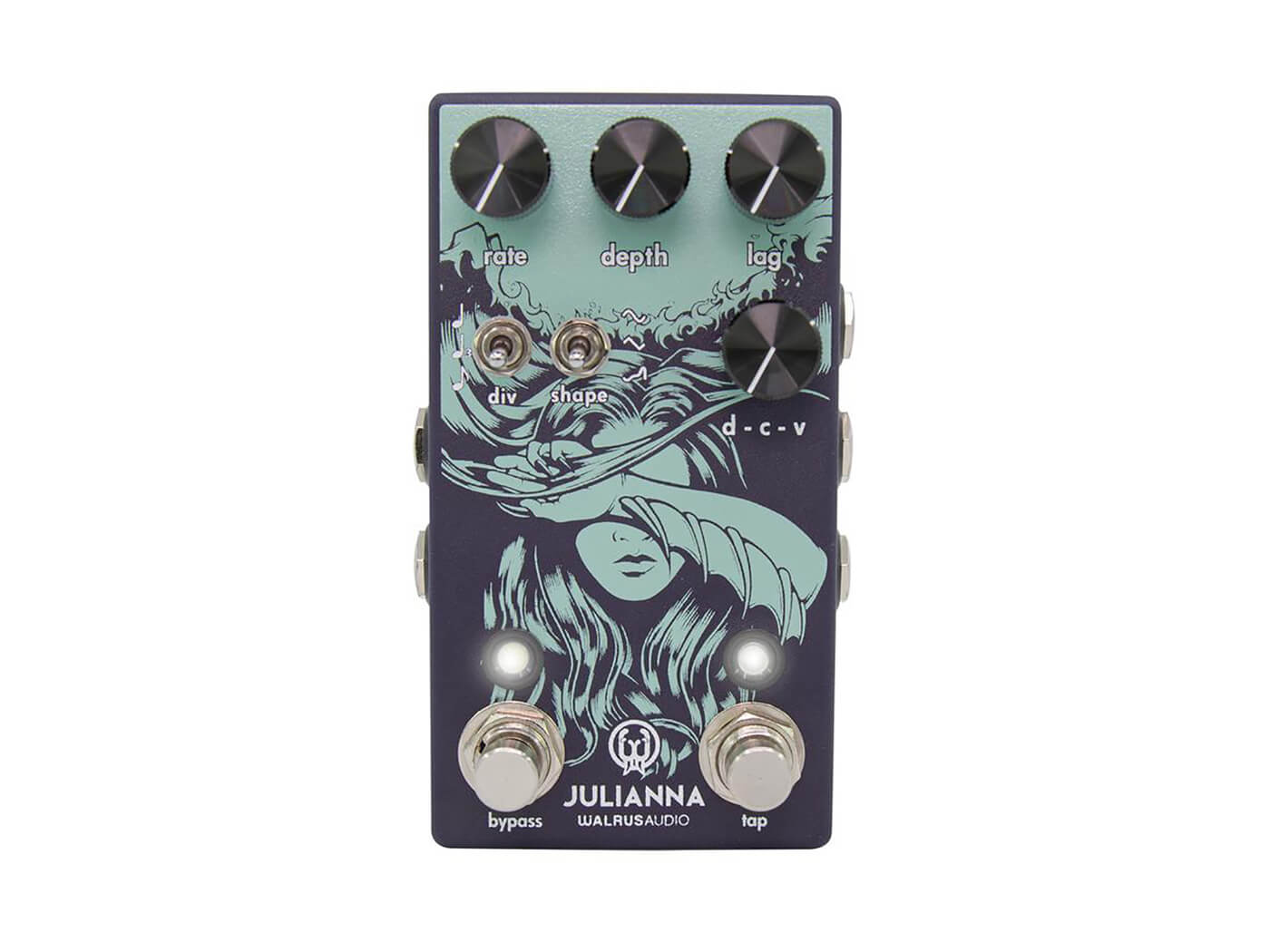
+ Same excellent chorus platform as the Julia
+ Interesting extra effects added
– Some might want a more extreme effect than chorus offers
Walrus Audio’s Julianna, as its name suggests, is a slight update on its predecessor, the Julia. Already off to a good start, as the Julia’s an excellent chorus pedal, the Julianna now adds a hidden ‘drift’ function. This can ramp the speed of the LFO up or down at a rate of your choosing. The depth of the modulation can now also range from subtle to seasick pitch dives. There’s also an additional random wave LFO option for increased wooziness should you feel inclined. In all, it’s the same excellent chorus platform as found in the Julia, only with a little more wildness added in.
Price: $249/£225
Description: Chorus/vibrato pedal, handwired in the USA
Controls: Rate, depth (drift), lag, D-C-V knobs, div and shape mini toggles, tap footswitch
Bypass: True bypass
Read our full review of the Walrus Audio Julianna here.
MXR M290 Phase 95 Mini
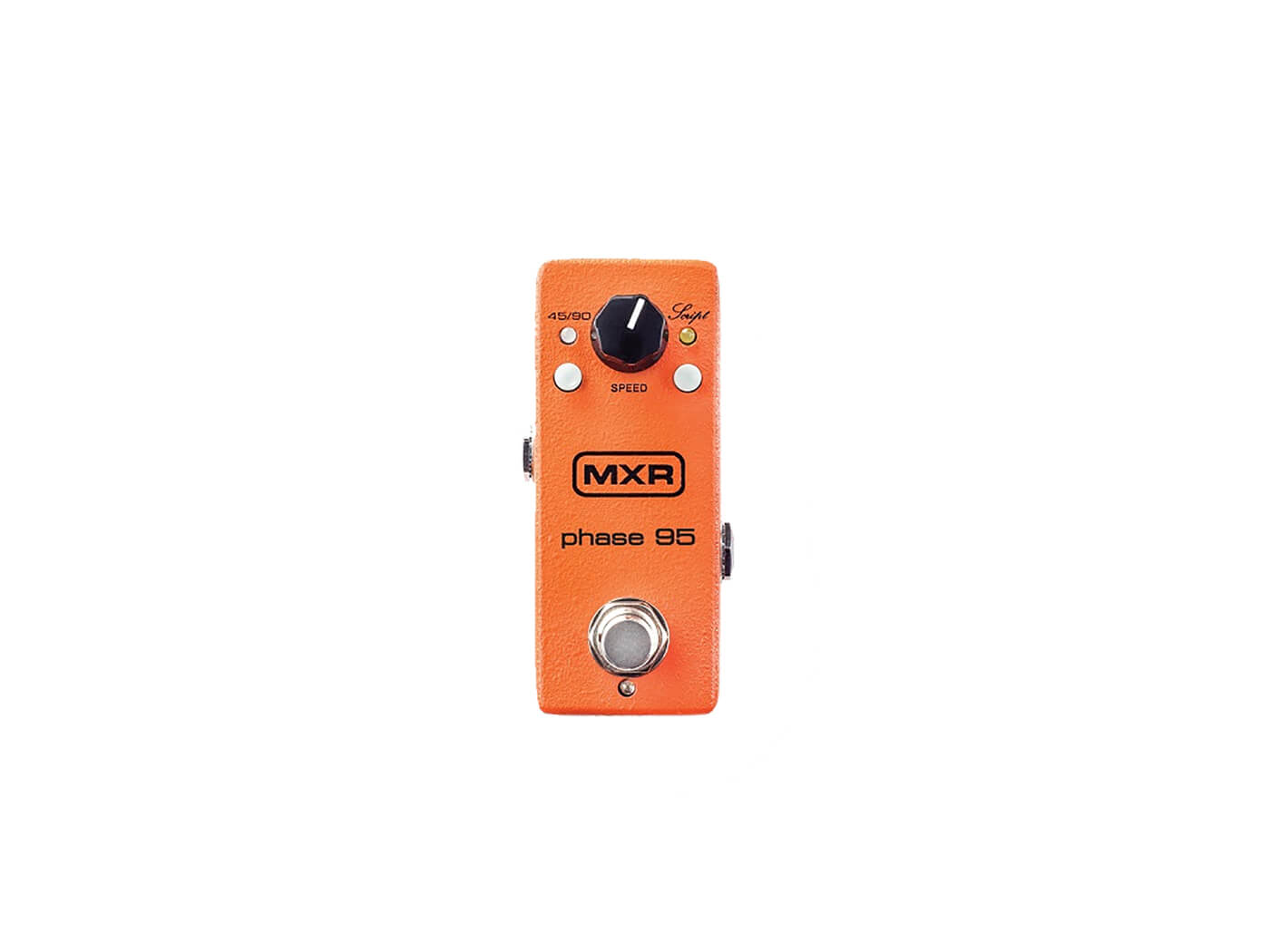
+ Classic phaser sounds
+ Pedalboard-friendly sound
– Some might want more control options
Part of a wave of mini-pedals to come out over the past few years, the Phase 95 takes the classic Phase 90 template, shrinks it down a bit, and adds two different toggles to channel different periods of MXR’s phasing past. For one, you can select between the standard four-stage phaser of the Phase 90 or the slightly subtler two-stage phasing of the Phase 45. The ‘script’ toggle refers to two different eras of vintage Phase 90 production. Engaging that button will remove some feedback from the mix, creating a somewhat mellower tone.
Price: $99.99/£95
Description: Mini phaser pedal
Controls: Speed knob, push buttons for 45/90 and script modes
Bypass: True bypass
Electro-Harmonix Nano POG
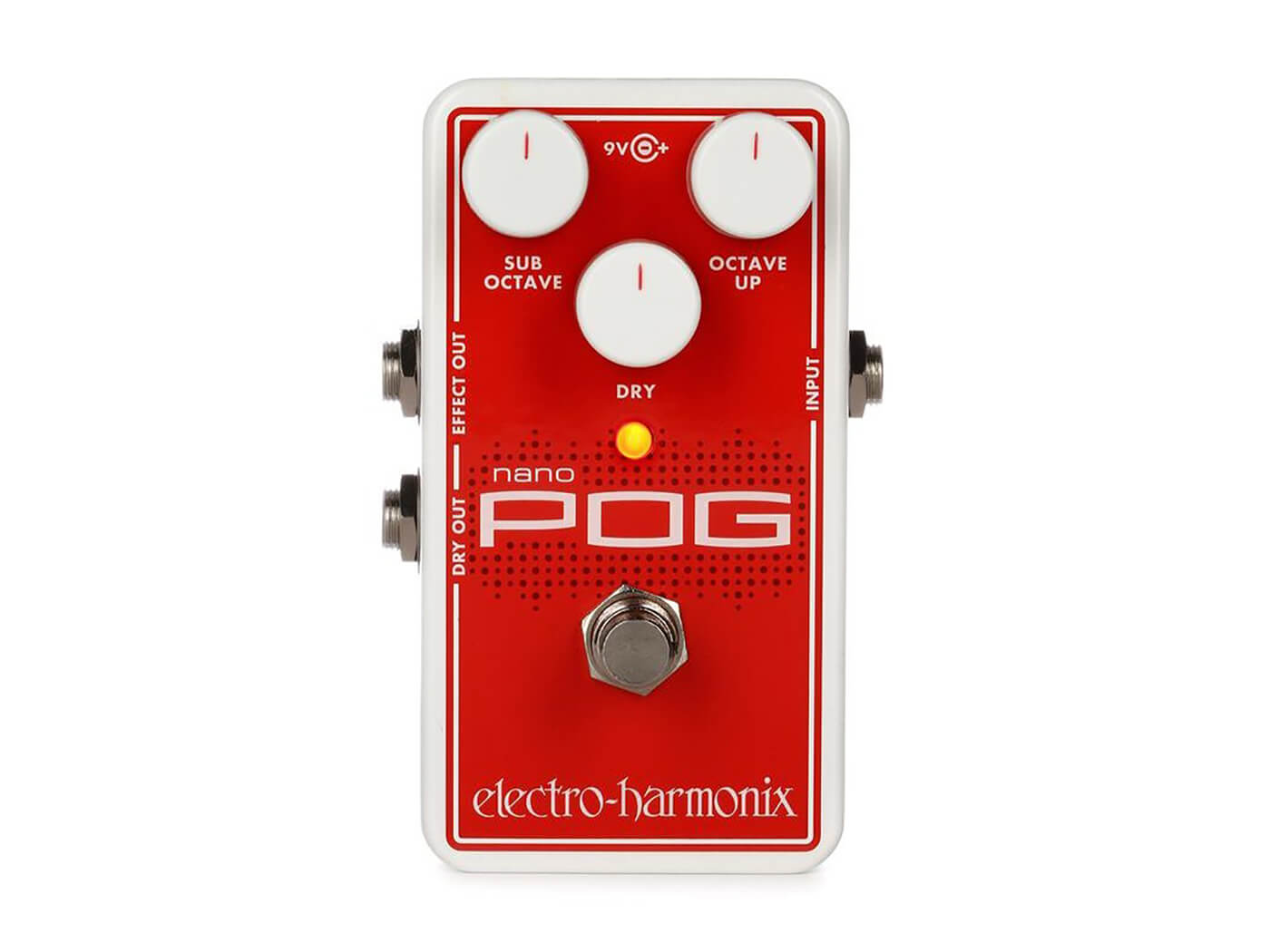
+ Standout sound, especially when combined with other effects
+ Improved tracking
– Octave effects aren’t for everyone
Since the 1960s, octave effects have been a part of the guitar wizard’s arsenal, especially when combined with fuzz – just ask Jimi Hendrix. But when EHX released the Polyphonic Octave Generator, it was manna from heaven for creative guitarists, offering four distinct octave voices to ornament the dry signal. The likes of Jack White and Nels Cline wasted no time in putting the POG to good use and since then, it’s been available in smaller and smaller packages, culminating in the Nano POG, which also sports improved tracking and silent switching to make it an even more powerful creative tool.
Price: $219/£189
Description: Digital polyphonic octave pedal
Controls: Blend knobs for dry signal, sub octave and octave up
Bypass: True bypass
Stone Deaf Tremotron
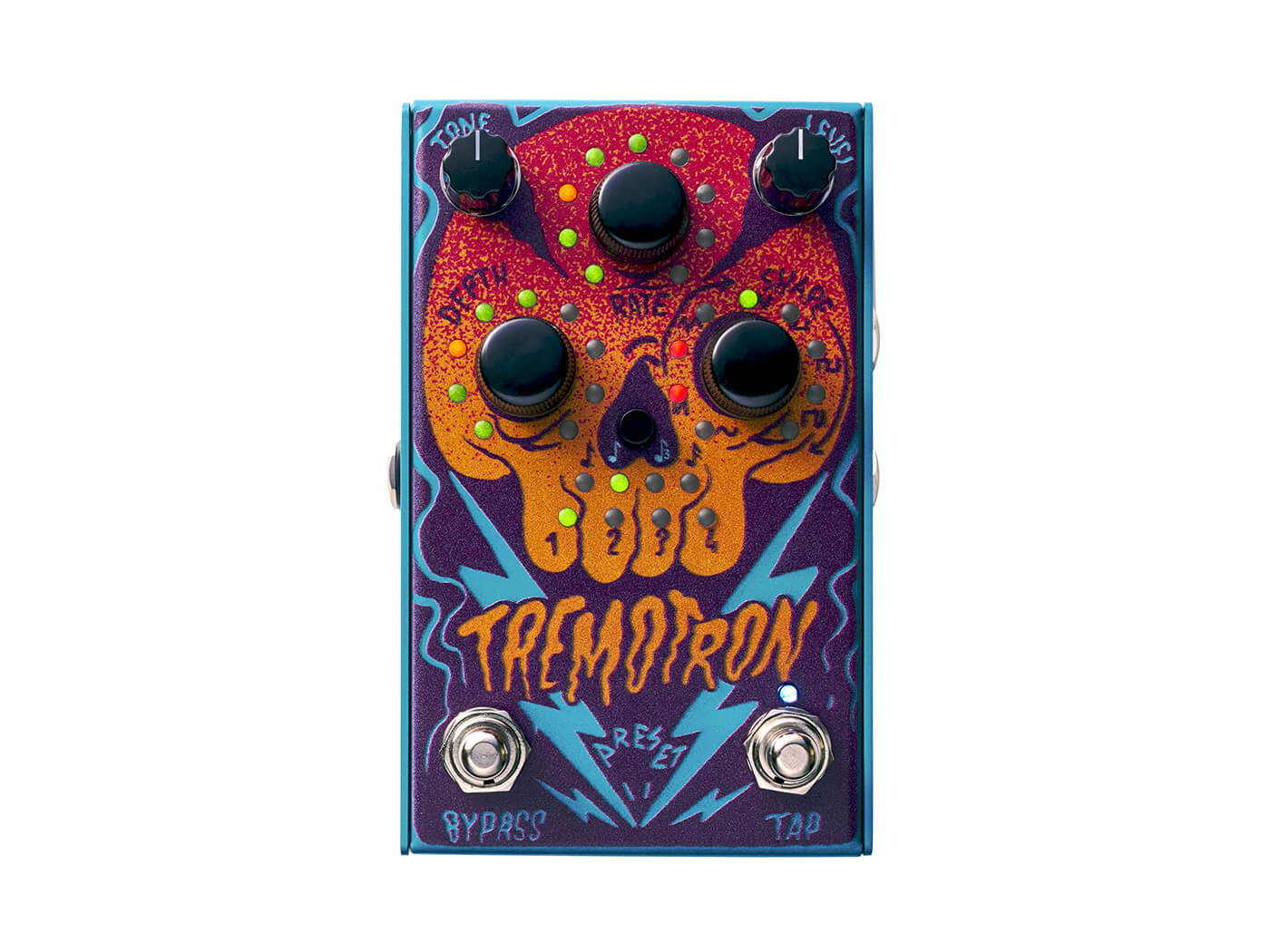
+ Analogue signal path, digital control
+ Dual tremolo engine for unique sounds
– Wide range of options might mean dialling in a classic sound takes a little longer
Stone Deaf’s Tremotron is unlike any tremolo pedal you’ve seen before. With a fully analogue signal path under the hood, it also has additional digital controls, allowing two VCA-based tremolo controls to play at once (if you don’t attempt My Bloody Valentine’s How Soon Is Now? with this pedal, you’re missing a trick).
It also includes nine different waveshapes and switchable presets and a MIDI Out, too, for when you want to push your onset headache into migraine territory. It’s not cheap, and you’ll need 250mA to power it, but the Tremotron is unmatched for its versatility and innovation.
Price: £230
Description: Dual-VCA analogue tremolo with digital control
Controls: Tone, level, depth, rate, shape, tempo division button; bypass and tap tempo footswitches
Bypass: True bypass
Read our full review of the Stone Deaf Tremotron here.
Vox V847 Wah pedal

+ Classic wah sounds
+ Sturdy construction
– Buffered bypass might limit some signal chain options
Based on the pedal built by Lester Kushner and Brad Plunkett that helped soundtrack the Summer Of Love in ’67, the reissued V847 is a lovingly created homage to the wah pedal that started it all. Updated to include a buffered input jack for smoother tone when not in operation, the V847 also features SMD resistors and a redesigned inductor for a truer replication of Vox’s vintage wah-wah tone. Despite its sub-£100 price point, this treadle is not to be sniffed at; it’s built to exact vintage specs to ensure your Hendrix or even Clyde McCoy impressions are second to none.
Price: $109/£85
Description: Old-school wah pedal
Controls: Wah treadle
Bypass: Buffered bypass
Meris Enzo
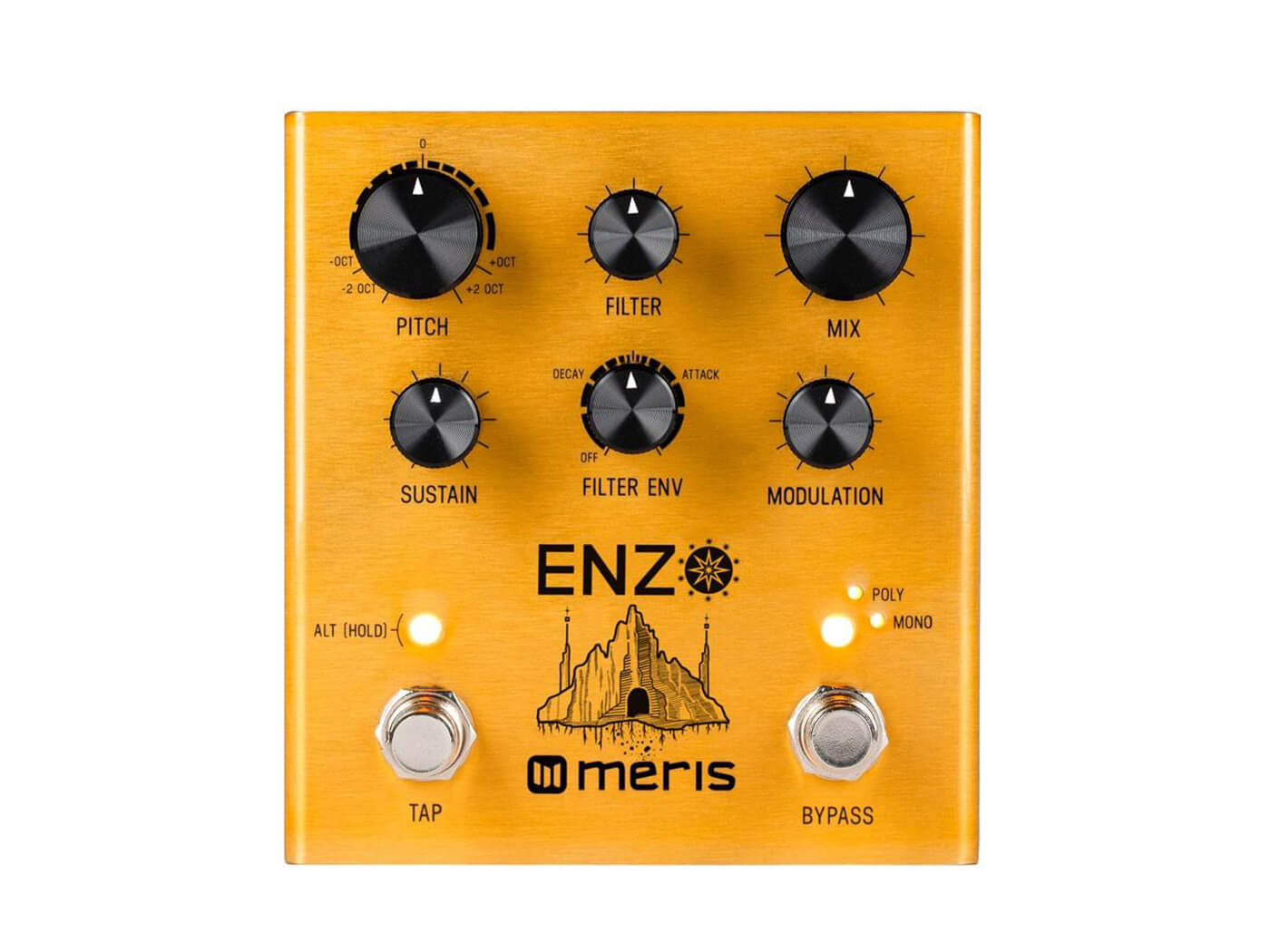
+ Perfect for large, sweeping soundscape design
+ Massively powerful on top of its modulation options
– Overly complex for some applications
Meris’ Enzo pedal is difficult to categorise. Is it a synth? Is it a modulation pedal? What we do know is that it sounds otherworldly. Offering mono and polyphonic synth modes for guitar, it also features an arpeggiated-synth feature and perfect tracking.
With just six knobs and two switches, the Enzo also features an Alt button, providing each control with a secondary function. If that’s not enough, it also includes a six-mode filter, built-in compression, a dual delay line and tap delay, ring modulation, MIDI controls and an expression-pedal option. The Enzo isn’t so much a guitar pedal but an entire musical instrument in itself.
Price: $/£299
Description: Multi-voiced synth/modulation pedal
Controls: Pitch, Filter, Mix, Sustain, Filter Envelope and Modulation knobs
Bypass: True bypass
Read a review of the Meris Enzo on our sister site MusicTech.
Strymon Flint
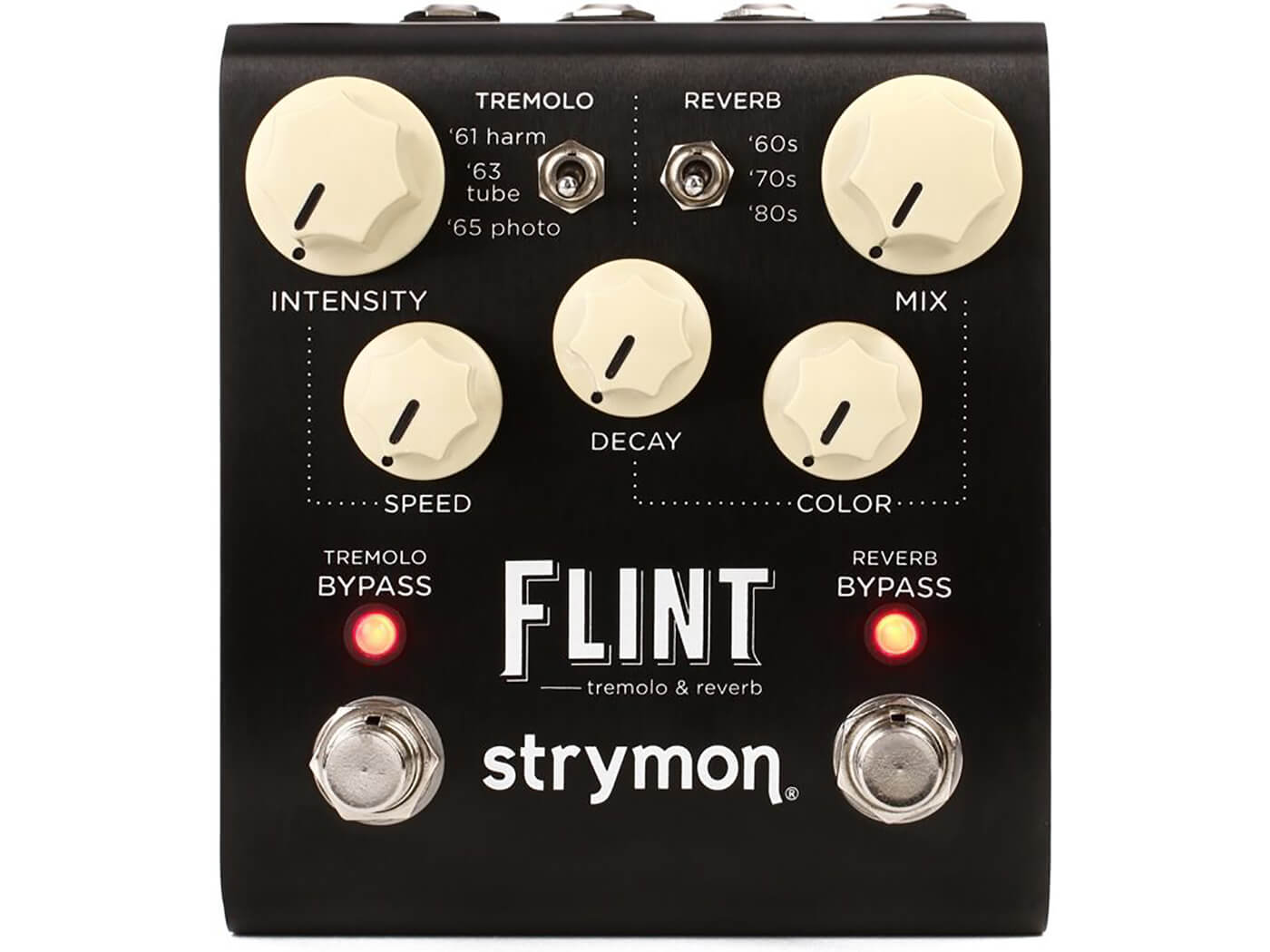
+ Great old-school modulation options
+ Can solve two effects needs with one pedal
– Some might want some more out-there sounds.
Fish and chips, lager and crisps… tremolo and reverb. It just works. Some argue it’s all any
guitar player needs in their arsenal. Strymon’s Flint provides exactly that, and then some. Based on the classic amps coming out of the Fender factory in the early 60s, Strymon’s digital processing impressively recreates the sultry throb of three great analogue tremolos. Married on the other side by three reverbs based on a 60s spring reverb, a 70s plate and the hall reverb from an 80s rack, the Strymon Flint leads the way in stompbox recreations of vintage-amp effects.
Price: $299/£279
Description: Vintage-voiced digital tremolo and reverb pedal
Controls: Tremolo and reverb mode switches, Reverb decay, mix, colour and bypass controls, tremolo speed and depth controls
Bypass: Switchable buffered or true bypass

